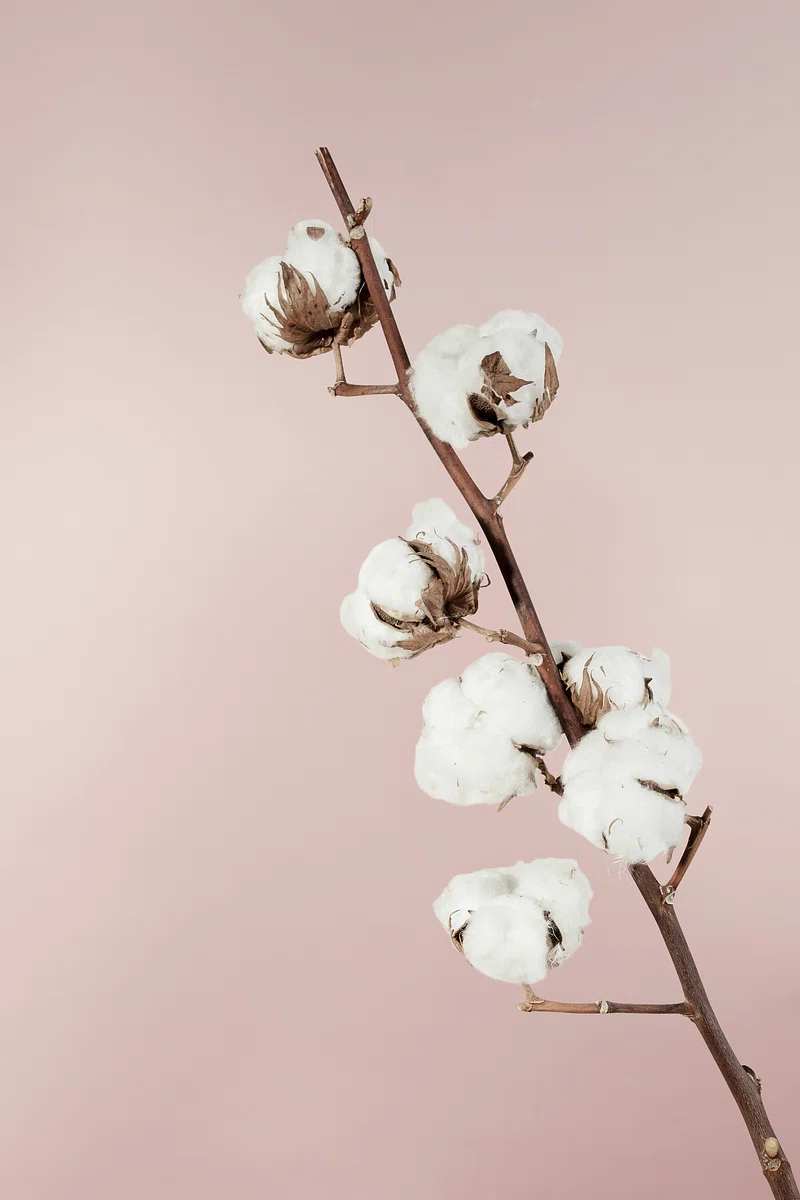SUSTAINABILITY


Growing any kind of crop takes the basics: land and water, but cotton growing doesn’t need too much of either. Thanks to improvements in seed varieties and modern farming techniques, cotton plants are healthier, use less land and water, and have a lower impact on the environment than they did in previous decades. In fact, Afghan cotton farmers now grow almost double the amount of cotton than they did on the same amount of land in 2010, leading to a 30% reduction in land use. Globally, cotton uses only 0.6% of the world’s agricultural lands.1, 2, 3
As for water, did you know that most of Afghan cotton is grown using only rainfall? And half of the global cotton crop also relies solely on rainfall. In fact, only 3% of the world’s agricultural water is used to grow cotton. Because cotton is a heat- and drought-resistant crop, it usually doesn’t need to be irrigated to grow into the fiber we use and love. In fact, it takes more water to grow an acre of regular lawn grass than it takes to grow an acre of cotton.4, 5
Also, cotton is planted in rotation with crops like peanuts and soybeans, which help maintain soil health and cut down on fertilizer use. Cover crops like wheat are also used in winter, to increase soil moisture retention, control weeds, and reduce the presence of insects.6, 3

